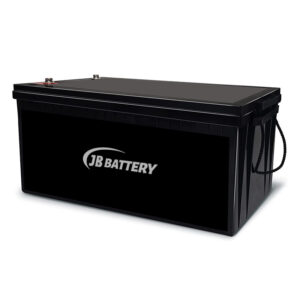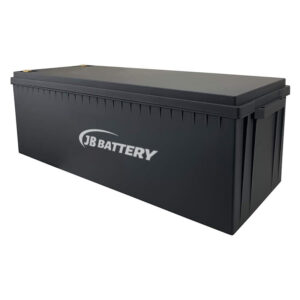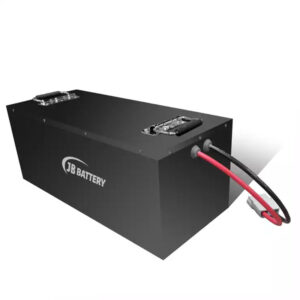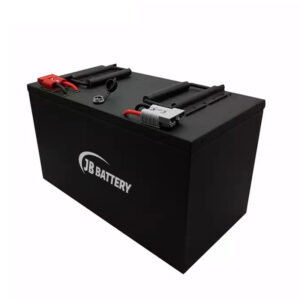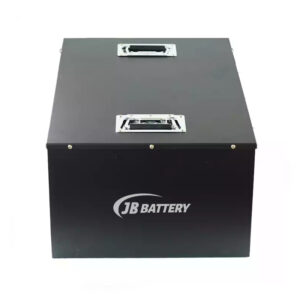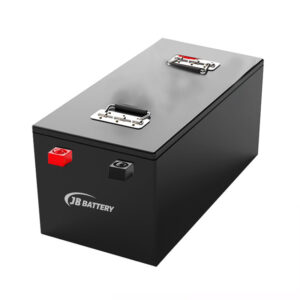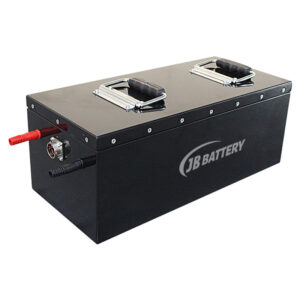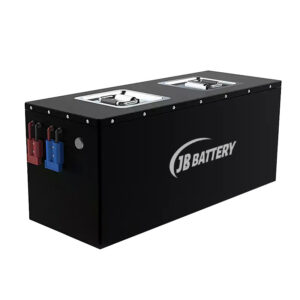Why upgrade golf cart battery to lithium
The golf cart battery industry is in a state of flux. On one hand we have golf cart manufacturers and retailers that realize lithium-ion batteries are better for golf cart performance and longevity than lead acid batteries. On the other hand are consumers who resist the high upfront cost of lithium golf cart batteries, and consequently still rely on inferior lead-acid battery options.
However, the lifespan of Lead-Acid battery is much shorter than lithium.So in the few year, these consumers who chose Lead-Aicd golf cart had to upgrade their glof cart batteries.
CARRYING CAPACITY
Equipping a lithium-ion battery into a golf cart enables the cart to significantly increase its weight-to-performance ratio. Lithium golf cart batteries are half the size of a traditional lead-acid battery, which shaves off two-thirds of the battery weight a golf cart would normally operate with. The lighter weight means the golf cart can reach higher speeds with less effort and carry more weight without feeling sluggish to the occupants.
The weight-to-performance ratio difference lets the lithium-powered cart carry an additional two average-sized adults and their equipment before reaching carrying capacity. Because lithium batteries maintain the same voltage outputs regardless of the battery’s charge, the cart continues to perform after its lead-acid counterpart has fallen behind the pack. In comparison, lead acid and Absorbent Glass Mat (AGM) batteries lose voltage output and performance after 70-75 percent of the rated battery capacity is used, which negatively affects carrying capacity and compounds the issue as the day wears on.
BATTERY CHARGING SPEED
Regardless if you’re using a lead-acid battery or a lithium-ion battery, any electric car or golf cart faces the same flaw: they have to be charged. Charging takes time, and unless you happen to have a second cart at your disposal, that time can put you out of the game for a while.
A good golf cart needs to maintain consistent power and speed on any course terrain. Lithium-ion batteries can manage this without a problem, but a lead-acid battery will slow the cart down as its voltage dips. Plus after the charge has dissipated, it takes an average lead-acid battery roughly eight hours to recharge back to full. Whereas, lithium-ion golf cart batteries can be recharged up to 80 percent capacity in about an hour, and reach full charge in less than three hours.
Battery Maintenance
Lead-acid batteries require the most maintenance for optimal performance, while lithium ion batteries actually require no maintenance.
One of the most important parts of maintaining your lead-acid batteries is to make sure they have the proper amount of water inside. Routinely check the water level in your battery, topping it off with water when the level starts getting low. Additionally, you will want to keep the battery terminals clean and free of debris and corrosion. You can do this by wiping the battery down with a damp cloth when you start noticing this buildup.
Plus, partially-charged lead-acid batteries sustain sulfation damage, which results in significantly reduced life. On the other hand, lithium-ion batteries have no adverse reaction to being less than fully charged, so it’s okay to give the golf cart a pit-stop charge during lunch.
The Lithium battery is no Acid, no water, no maintenance.
GOLF CART BATTERY COMPATIBILITY
Golf carts designed for lead-acid batteries can see a significant performance boost by swapping the lead-acid battery to a lithium-ion battery. However, this second wind can come at an instillation cost. Lithium batteries’ size is smaller than Lead-Acid at the same capacity, so it easy to upgrade lithium from lead.
The easiest way to tell if a cart is going to need modifications or a simple retro-fit kit is the battery voltage. Compare a lithium-ion battery and a lead-acid battery side-by-side, and if the battery voltage and amp-hour capacity are the same, then the battery can be plugged directly into the golf cart.
Lead acid or lithium…what’s the best golf cart battery?
You could say that the lead acid battery is the “OG” in the battery world. Invented over 150 years ago, it’s the standard choice for powering carts, boats, and machinery.
But is an “oldie” always a “goodie”? Not when something newer shows up–and it proves to be better.
You may be surprised to hear that lithium batteries, the “new kids on the block”, can actually transform the way your golf cart drives.
Here are a few quick reasons why:
· Consistent and powerful. Your cart can accelerate much faster with lithium, with no voltage sag.
· Eco-Friendly. Lithium is leak-proof and safer to store.
· Fast-Charging. They charge quickly. (4x faster than lead acid)
· Hassle Free. They’re easier to install (drop-in ready!)
· (Almost) Any Terrain. They can get your cart up hills and around bumpy terrain with ease.
· Money Saving. Lithium saves you money in the long run.
· Time Saving. They’re maintenance-free!
· Saves Weight and Space. Lithium batteries are smaller and lighter than lead acid.
· Lithium is Smart! With lithium you have the option to see battery status via bluetooth.
JB BATTERY LiFePO4 golf cart batteries equip with the sockets fitting for Lead-Acid cart, you can plug and drive.
BATTERY CYCLE LIFE
Lithium batteries last significantly longer than lead-acid batteries because the lithium chemistry increases the number of charge cycles. An average lithium-ion battery can cycle between 2,000 and 5,000 times; whereas, an average lead-acid battery can last roughly 500 to 1,000 cycles. Although lithium batteries have a high upfront cost, compared to frequent lead-acid battery replacements, a lithium battery pays for itself over its lifetime.
JB BATTERY is dedicated to providing our customers with the highest quality batteries currently available. Please get in touch with us to learn about how we can help your team achieve its energy needs in a safe, reliable and efficient way.



